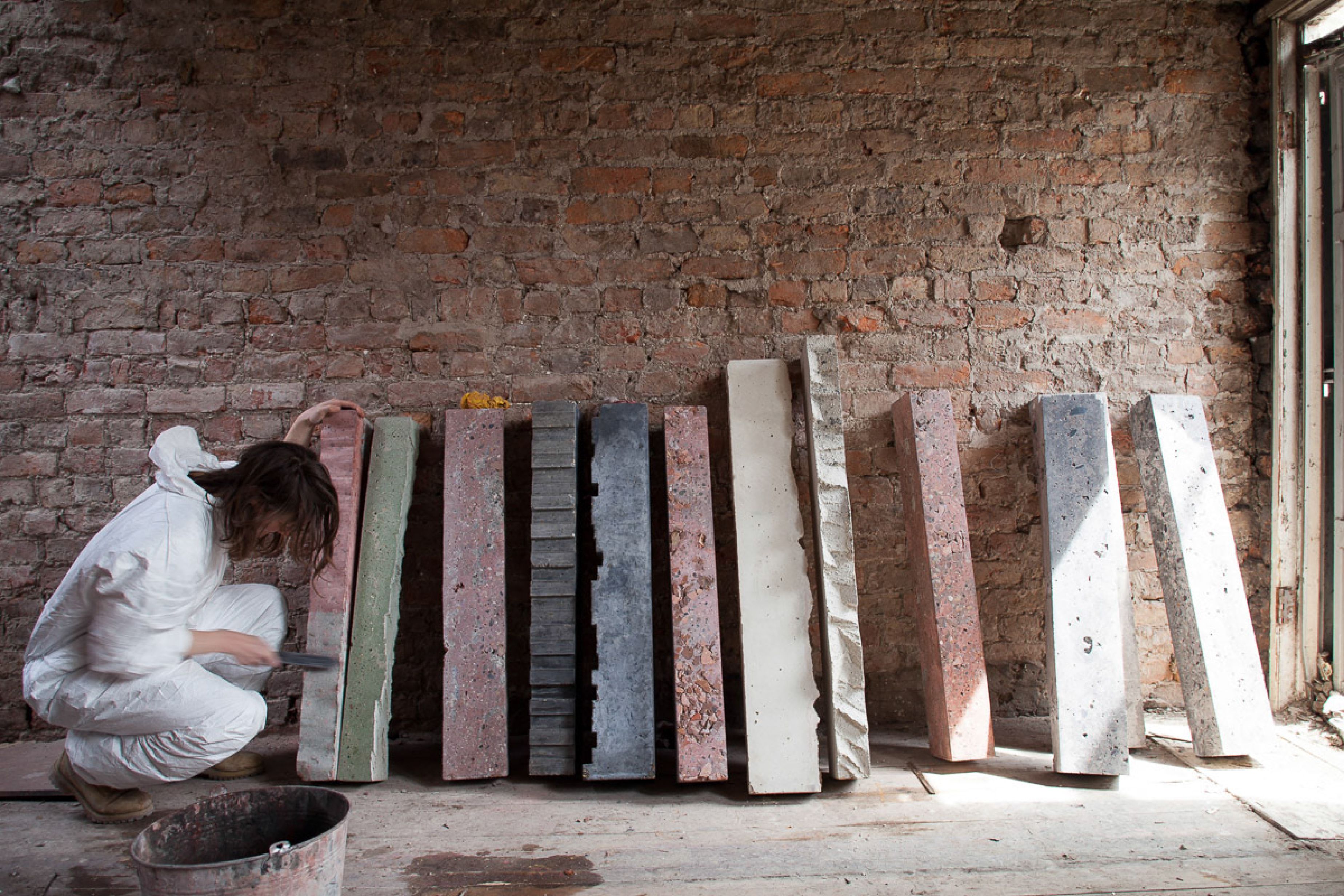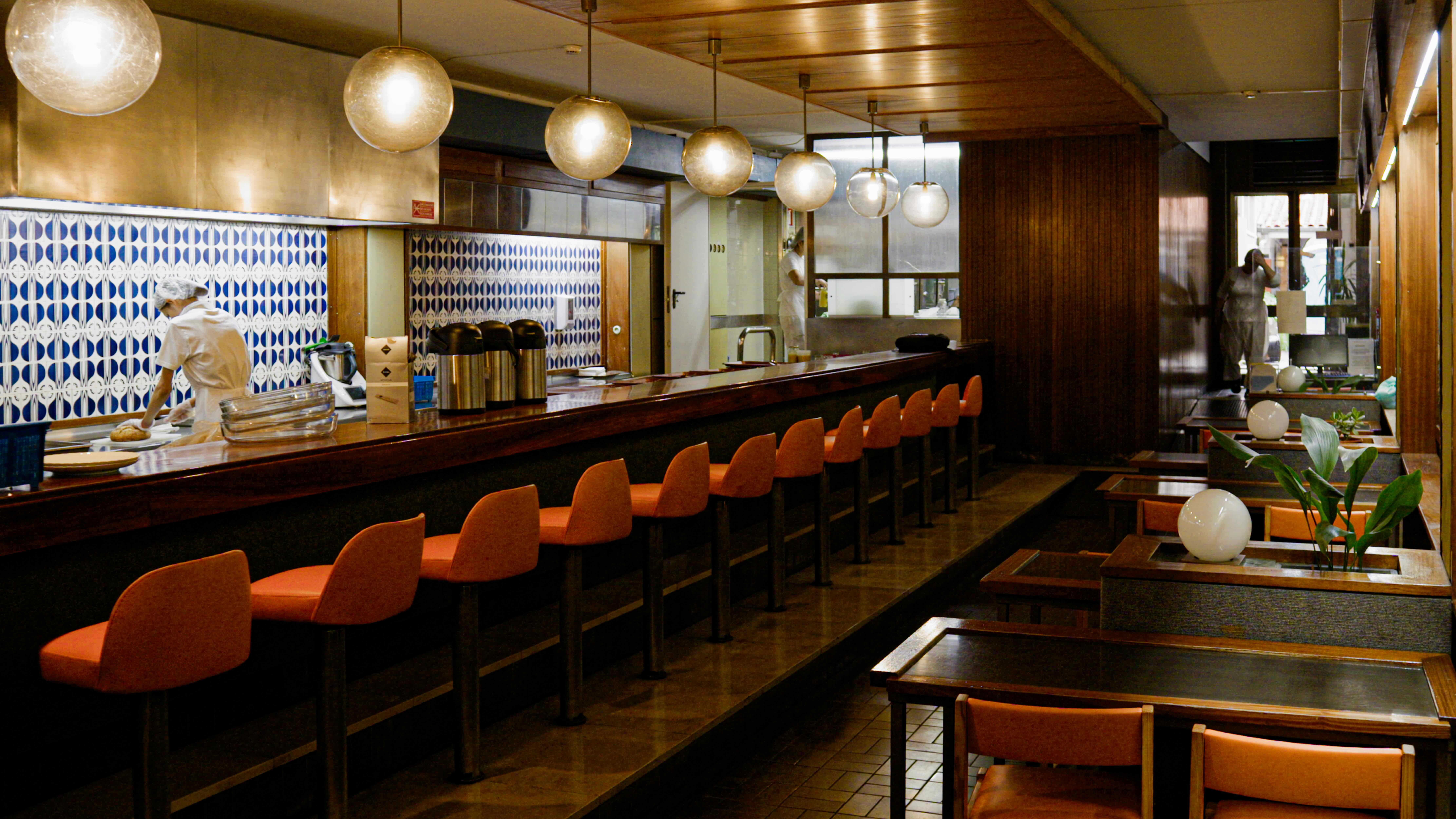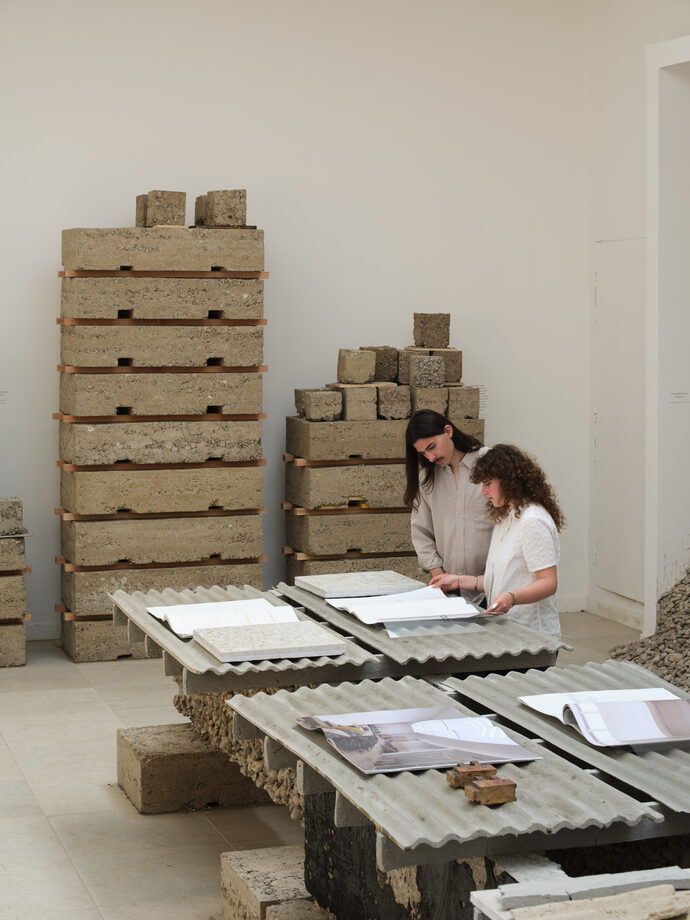Younger, More Diverse, More Political
Biennali are political. Their main themes and distinctions shed light on people and their attitudes, showcase achievements and criticize failings. This year’s Architecture Biennale in Venice is setting a particularly striking tone: for the first time since 1975, the inception of the international architecture fair in Venice, the main exhibition is daring to concentrate on new topics. The Ghanaian-Scottish curator of the 18th International Architecture Biennale, Lesley Lokko, has invited no fewer than 89 participants, more than half of whom come from Africa and its diaspora.
Most work in offices or studios employing no more than five people. Their average age is 43; the youngest is just 24. If the Biennale has so far, with few exceptions, been underpinned by the exclusive status of established star architects and Western industrial nations, it has now made a dramatic turn and enlarged its perspectives. It is high time for this change in international architectural discourse – a change as necessary as it is important.
Decolonization
“The Laboratory of the Future”, as the main exhibition is known, reflects on identities and memories. The experience of colonialism and perspectives beyond it are ubiquitous. David Adjaye’s Future Lab takes up the histories of precolonial architecture in detailed wood models, such as that of the Thabo Mbeki Presidential Library in Johannesburg, which transforms into stories in the accompanying videos. Immersive sound installations, poetic texts and art objects are everywhere in the central pavilion in the Giardini and in the Arsenale. And it is not only the circle of participants that has expanded; the diversity of forms of presentation has also grown and now complements the classic canon of architectural models and drawings.
The difference between art and architecture is fluid, for both serve the cause. A Window (Detail) from the Future (Case Study House) by Riff Studio, a trio of women from New York, compresses “living while black” into a crystalline window that is opaque when seen from the street. The Ghanaian artist Serge Attukwei Clottey has hung his large, fishing-net-like installation in the Arsenale, and Theaster Gates Studio of Chicago is showing a documentary film on the Black Artist Retreat initiative.
Utopia and Dystopia
Curator Lokko calls the participants “practitioners”, thus blurring the boundaries of their disciplines. The group includes architecture studios such as Flores i Prats Architects from Barcelona and Zao/Standardarchitecture of Beijing. The exhibits negotiate utopia and dystopia, draw attention to questions of decolonization and decarbonization, create fantasies and moments of memory. For instance, New York artist Olalekan Jeyfious presents an elaborate fiction of the future for the environment of the African continent and has been awarded the Silver Lion as a promising talent. His visually powerful world of tomorrow shows videos, objects and renderings of an Afrofiction vision; the transitions to dystopia are smooth. The generously arranged exhibition spaces offer sufficient room for the exhibits and what they have to say. Even this is a learning effect that should take a lesson from the age of decarbonization: the exhibition’s architecture was created from the remnants of the preceding Art Biennale by Cecilia Alemani. In fact, structures that were already available have been reused to create perfect settings.
Golden trophy
The distinction of the Golden Lion for Lifetime Achievement goes to Nigerian artist, architect and designer Demas Nwoko. In her laudatory speech, Lesley Lokko says “He was one of Nigeria’s first creatives in the areas of space and form to criticize the country’s dependence on the West … and he always worked with local resources.” Actually, resources – irrespective of continent or context – are a guiding theme of the 18th International Architecture Biennale in Venice. The subject is repeatedly addressed in the national pavilions as well.
Text: Sandra Hofmeister
full text and German version: detail.de
18th International Architecture Biennale Venice, Exhibition dates: 20. May until 26. November 2023





